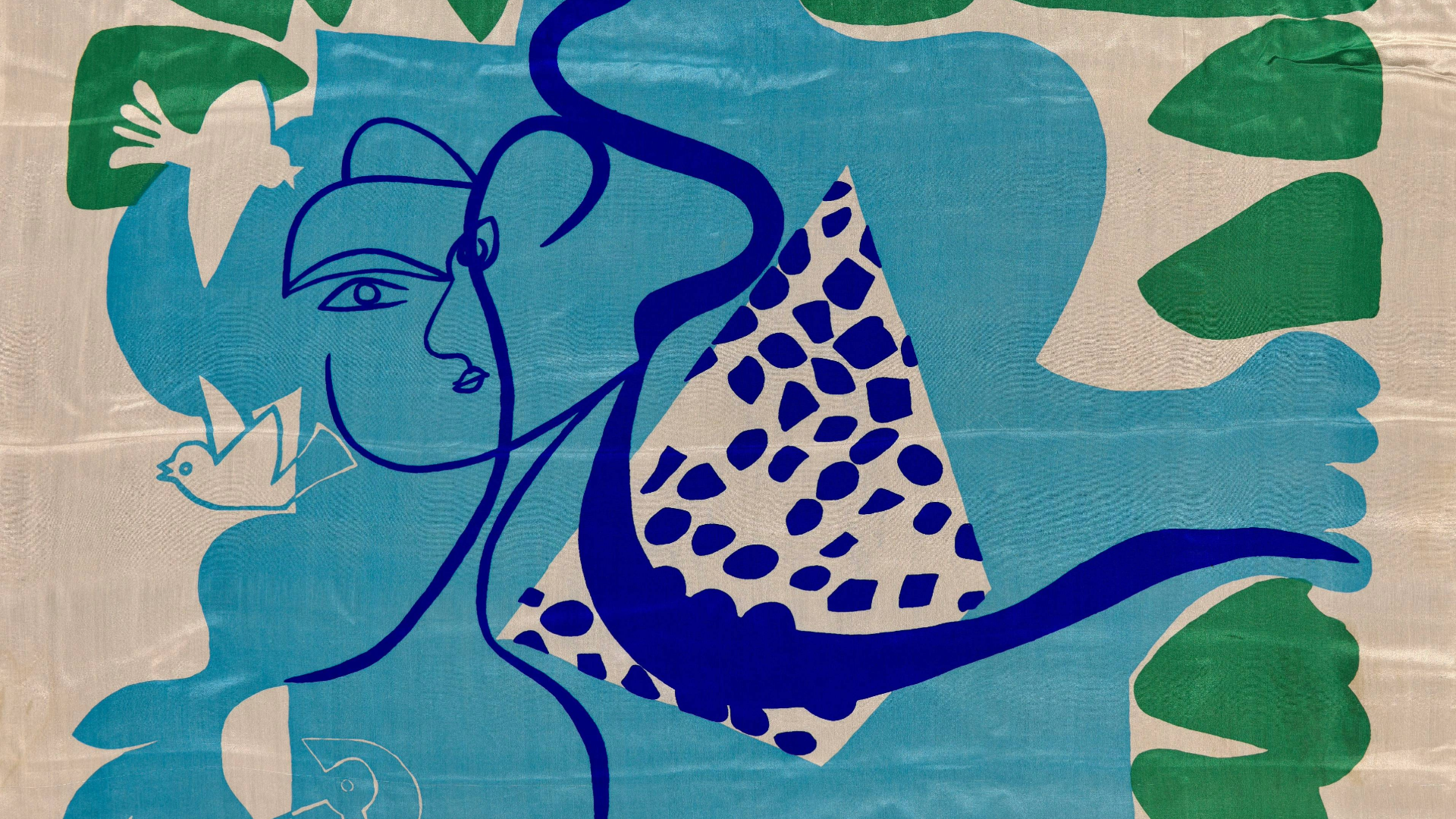Pablo Picasso
Françoise Gilot met Pablo Picasso while out with friends in a Left Bank restaurant in May of 1943. After some initial flirting and a visit to their joint exhibition, Picasso invited Gilot and Genevieve to his studio. Gilot quickly became a regular there, enjoying the intellectual banter she exchanged with Picasso and their dialogue about art.
Gilot’s life changed drastically in the subsequent months. In the fall of 1943, Gilot cut ties with her family, moved in with her maternal grandmother, and established her first studio after a particularly egregious argument with her father. Then, in 1944, she enrolled at The School of Fine Arts to continue her studies in a classroom setting. She took classes with French artist John Souverbie and joined her peer Sonja Delauney at the Group Nouvelle Realities.
While visiting Picasso at his studio, she met, befriended, and conversed with several poets, philosophers, writers, and other artists, including Gertrude Stein. Despite her proximity to Picasso, Gilot looked most often to Henri Matisse’s style to inspire her own.
Gilot’s fondness for Matisse contributed to her relationship with Picasso becoming more romantic. On a visit to Matisse’s home in early 1946, the post-impressionist painter speculated how fine it would be to depict Gilot with green hair and blue skin. Picasso was furious, and he argued that Matisse would never stand for it if Picasso considered painting his girlfriend, Lydia.
Initially, Gilot didn’t understand why he’d been upset, but Picasso made his intentions clear upon their return to Paris. That spring, he insisted that she move in with him. When she refused, he began a coercive campaign to convince her to share his life. She was 24, and he was 64. In later interviews, Gilot described those months as a period of intense destabilization.
Ultimately, she succumbed to Picasso’s wishes, and in May of 1946 she left her grandmother’s home to move in with him. That month, Picasso painted her in a piece titled La femme-fleur , with her hair green and skin blue.


